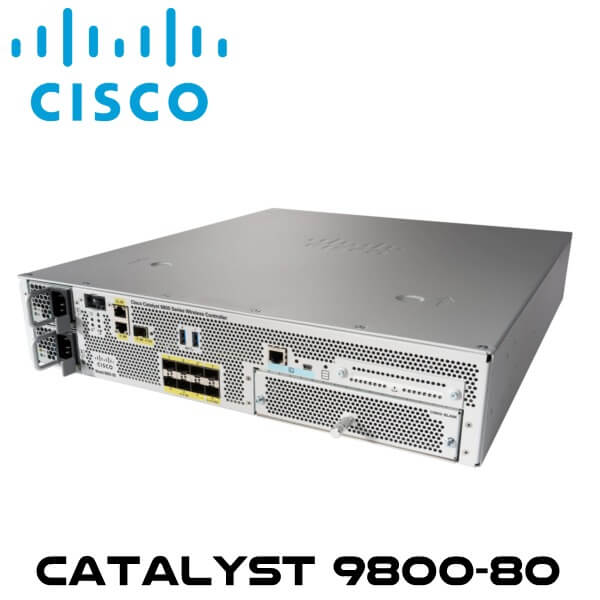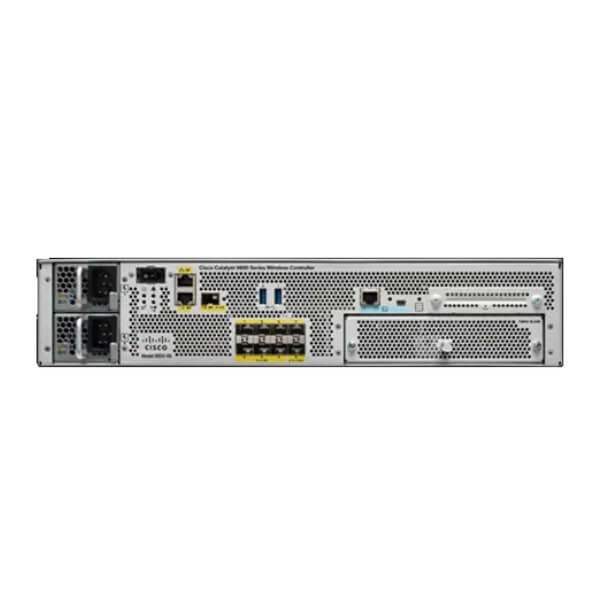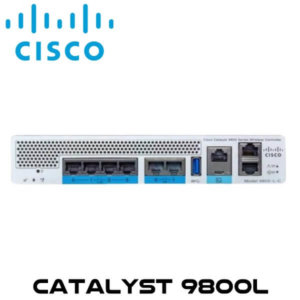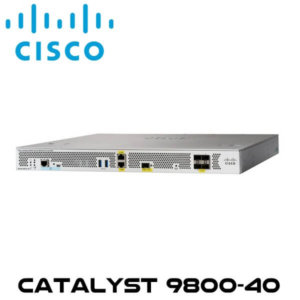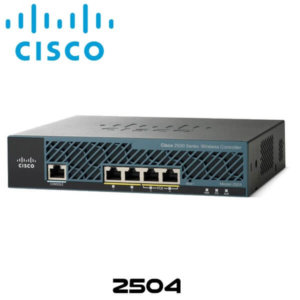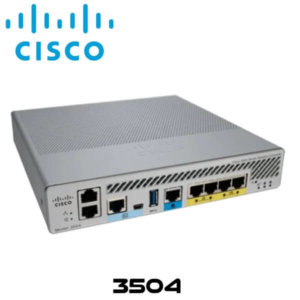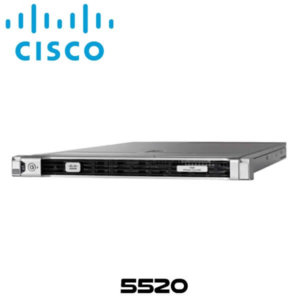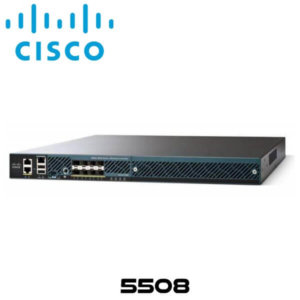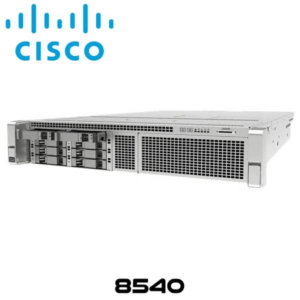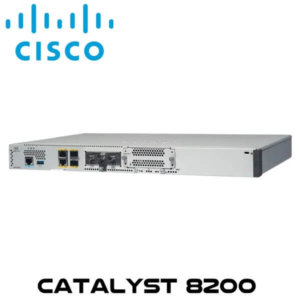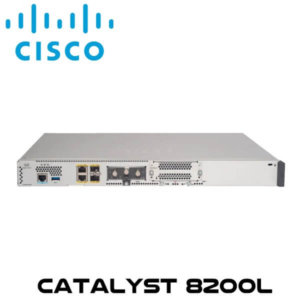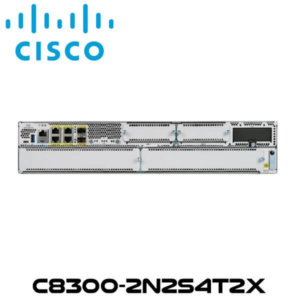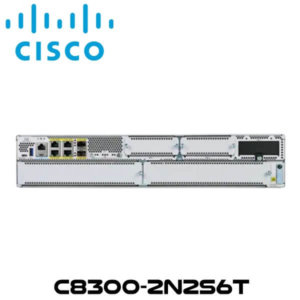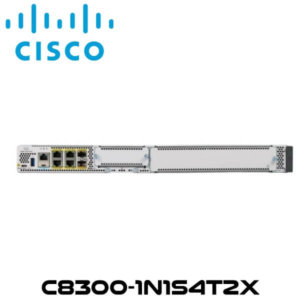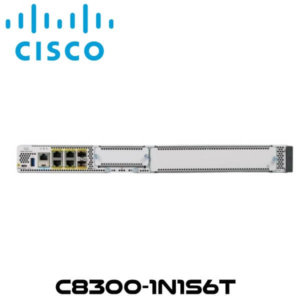Description
Cisco Catalyst9800-80 Wireless Controller Ghana
The Cisco Catalyst9800-80 WirelessController Ghana is a modular wireless controller with optional 100 Gigabit Ethernet (G) modular uplinks and seamless software updates for large enterprises and campuses. Cisco WiFi Ghana built from the ground up for intent-based networking and Cisco DNA based and integrate the RF excellence of Cisco Aironet® access points, creating a best-in-class wireless experience for your evolving and growing organization. The Cisco Catalyst9800-80 WirelessController Ghana is built on an open and programmable architecture with built-in security, streaming telemetry, and rich analytics.
The Cisco Catalyst9800-80 WirelessController Ghana is built on the three pillars of network excellence—always on, secure, and deployed anywhere—which strengthen the network by providing the best wireless experience without compromise while saving time and money. It is feature rich and enterprise ready to power your business-critical operations and transform end-customer experiences:
Features
- High availability and seamless software updates, enabled by hot patching, keep your clients and services always on in planned and unplanned events.
- Secure air, devices, and users with the Cisco Catalyst 9800-80. Wireless infrastructure becomes the strongest first line of defense with Cisco Encrypted Traffic Analytics (ETA) and Software-Defined Access (SD-Access). The controller comes with built-in security: Secure Boot, runtime defenses, image signing, integrity verification, and hardware authenticity.
- Built on a modular operating system, the 9800-80 features open and programmable APIs that enable automation of day-0 to day-N network operations. Model-driven streaming telemetry provides deep insights into the health of your network and clients.
- Cisco User Defined Network, a feature available in Cisco DNA Center, allows IT to give end users control of their very own wireless network partition on a shared network. End users can then remotely and securely deploy their devices on this network. Perfect for university dormitories or extended hospital stays, Cisco User Defined Network grants both device security and control, allowing each user to choose who can connect to their network.
- The Wi-Fi 6 readiness dashboard is a new dashboard in the Assurance menu of Cisco DNA Center. It will look through the inventory of all devices on the network and verify device, software, and client compatibility with the new Wi-Fi 6 standard. After upgrading, advanced wireless analytics will indicate performance and capacity gains as a result of the Wi-Fi 6 deployment. This is an incredible tool that will help your team define where and how the wireless network should be upgraded. It will also give you insights into the access point distribution by protocol (802.11 ac/n/abg), wireless airtime efficiency by protocol, and granular performance metrics.
- With Cisco In Service Software Upgrade (ISSU), network downtime during a software update or upgrade is a thing of the past. ISSU is a complete image upgrade and update while the network is still running. The software image—or patch—is pushed onto the wireless controller while traffic forwarding continues uninterrupted. All access point and client sessions are retained during the upgrade process. With just a click, your network automatically upgrades to the newest software.
Always on
Seamless software updates enable faster resolution of critical issues, introduction of new access points with zero downtime, and flexible software upgrades. Stateful switchover (SSO) with 1:1 active standby and N+1 redundancy keeps your network, services, and clients always on, even in unplanned events. Cisco Advanced Wireless Intrusion Prevention System (aWIPS) is a complete wireless security solution that uses the Cisco Unified Access® infrastructure to detect, locate, mitigate, and contain wired and wireless rogues and threats.
Secure
Secure air, devices, and users with the Cisco Catalyst 9800-80 Wireless Controller Ghana. Wireless infrastructure becomes the strongest first line of defense with ETA and SD-Access. The controller comes with built-in security: Secure Boot, runtime defenses, image signing, integrity verification, and hardware authenticity.
Open and programmable
The controller is built on the Cisco IOS XE operating system, which offers a rich set of open standards-based programmable APIs and model-driven telemetry that provide an easy way to automate day-0 to day-N network operations.
Power
The Cisco Catalyst9800-80 WirelessController Ghana ships with redundant power supply units, either AC or DC, based on the customer’s choice. The Power Entry Module (PEM) provides redundant power to the system, and the 9800-80 can operate continuously with only a single PEM installed. The PEMs are hot-swappable, and replacement of a single PEM can be made without power interruption to the system. All external connections to the PEMs are made from the rear panel of the chassis, and they are removed or inserted from the rear. The main power switch for the unit is located directly next to the PEMs on the rear of the chassis.
Specifications
| Item | Specification | |
| Wireless | IEEE 802.11a, 802.11b, 802.11g, 802.11d, WMM/802.11e, 802.11h, 802.11n, 802.11k, 802.11r, 802.11u, 802.11w, 802.11ac Wave 1 and Wave 2, 802.11ax | |
| Wired, switching, and routing | IEEE 802.3 10BASE-T, IEEE 802.3u 100BASE-TX, 1000BASE-T, 1000BASE-SX, 1000-BASE-LH, IEEE 802.1Q VLAN tagging, IEEE 802.1AX Link Aggregation | |
| Data standards |
|
|
| Security standards |
|
|
| Encryption standards |
|
|
| Authentication, Authorization, and Accounting (AAA) |
|
|
| Management standards |
|
|
| Management interfaces |
|
|
| Hard Disk Drives (HDD) |
|
|
| Environmental conditions supported | Operating temperature :
Non-operating temperature : -40° to 65° C (-104° to 149°F) Operating humidity :
Non-operating temperature humidity : 5% to 93% at 82°F (28°C) Operating altitude :
Electrical input :
|
|
| Regulatory compliance | Safety :
|
|
EMC – Emissions :
|
Class A | |
EMC – Emissions :
|
||
EMC – Immunity :
|
||


